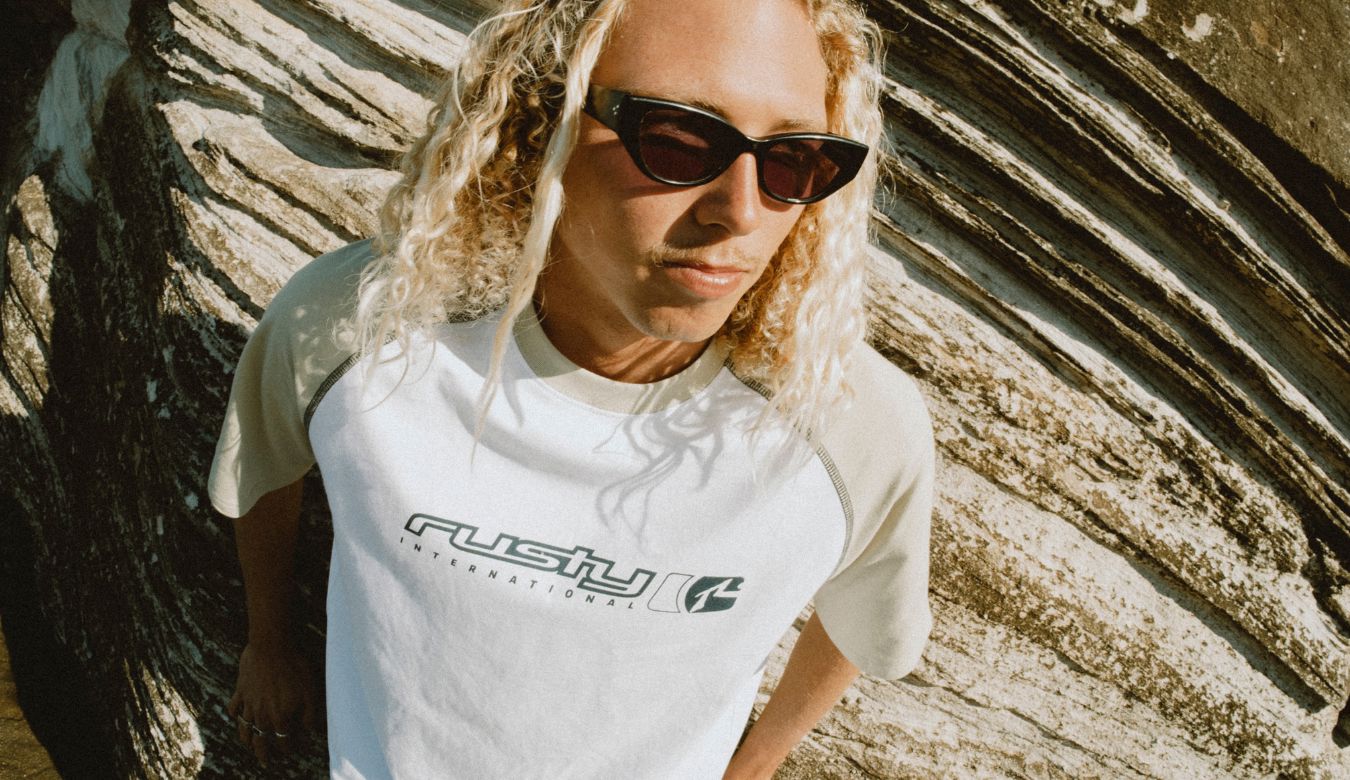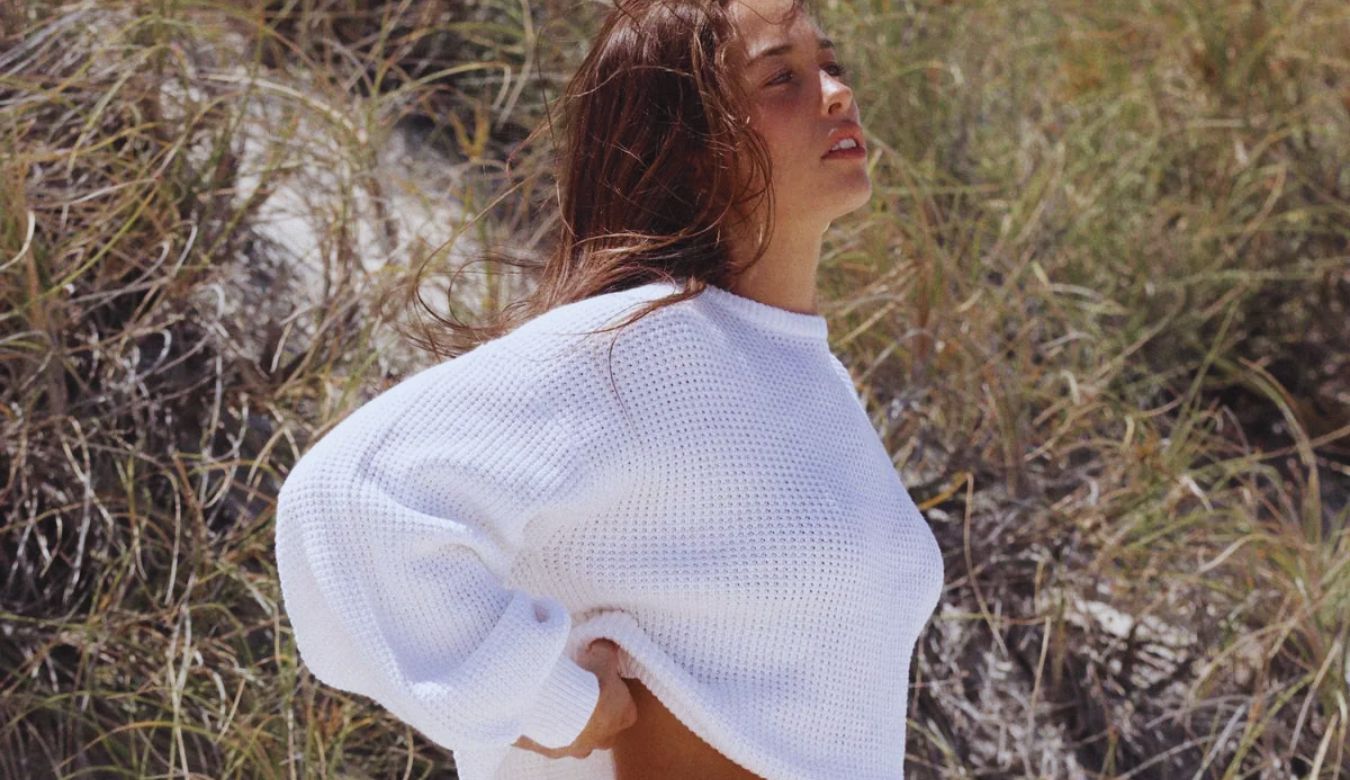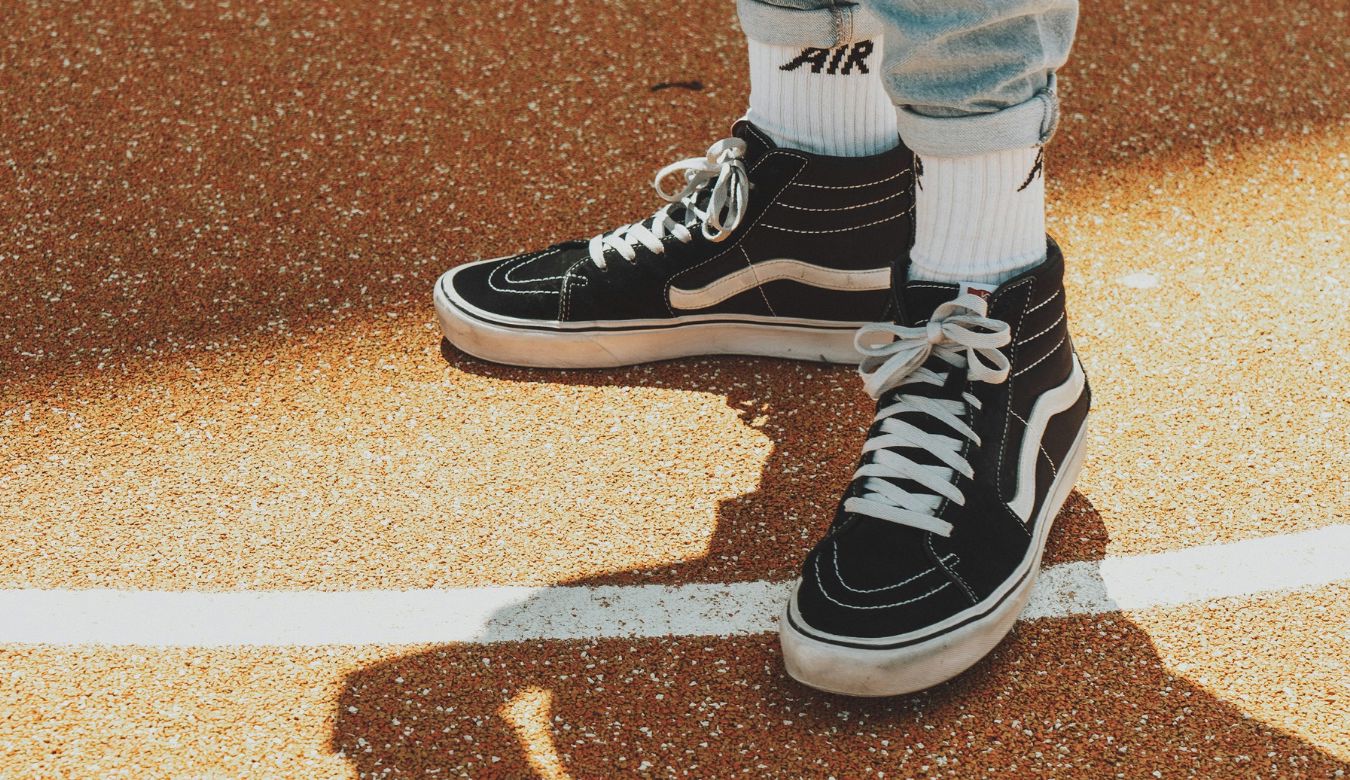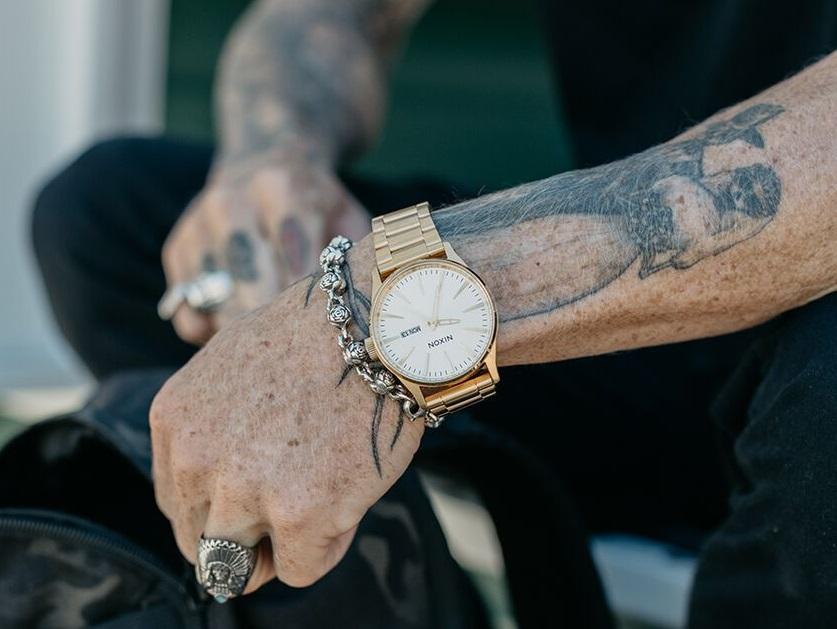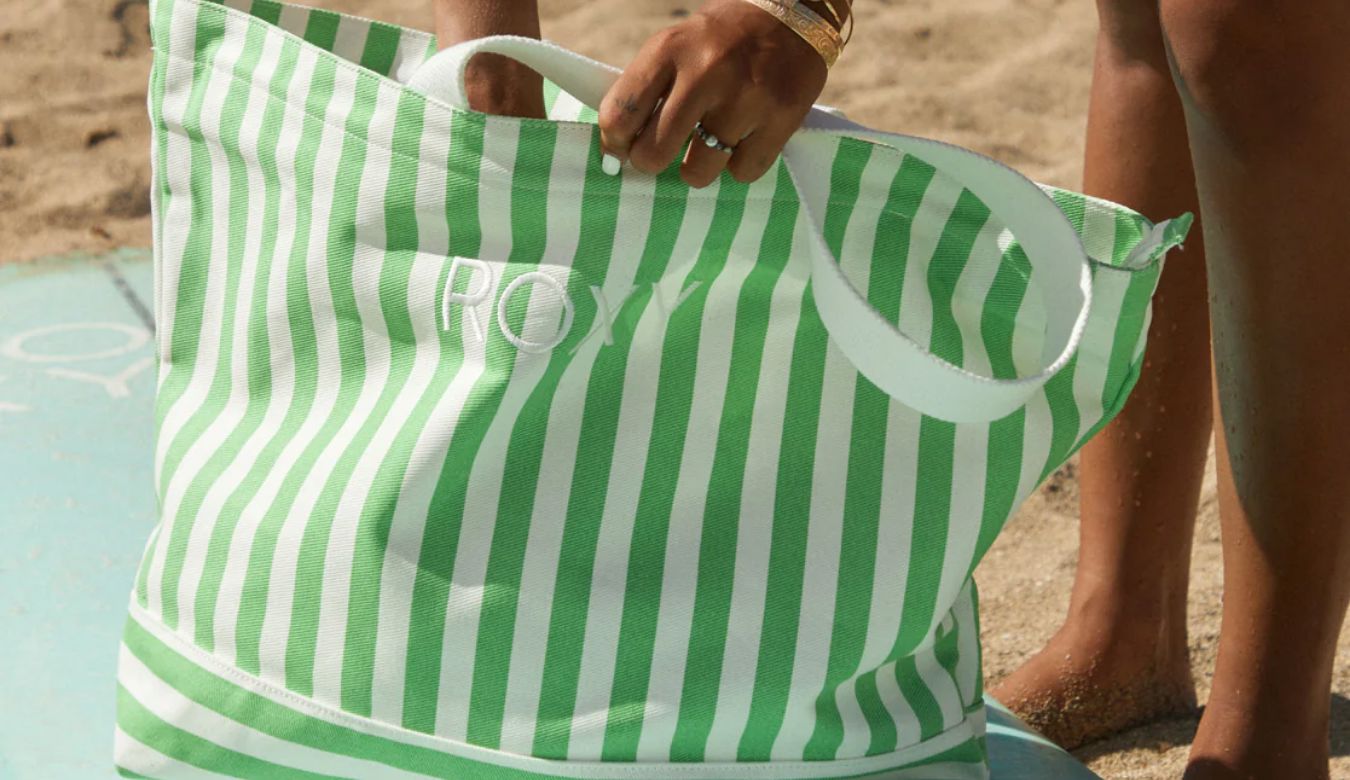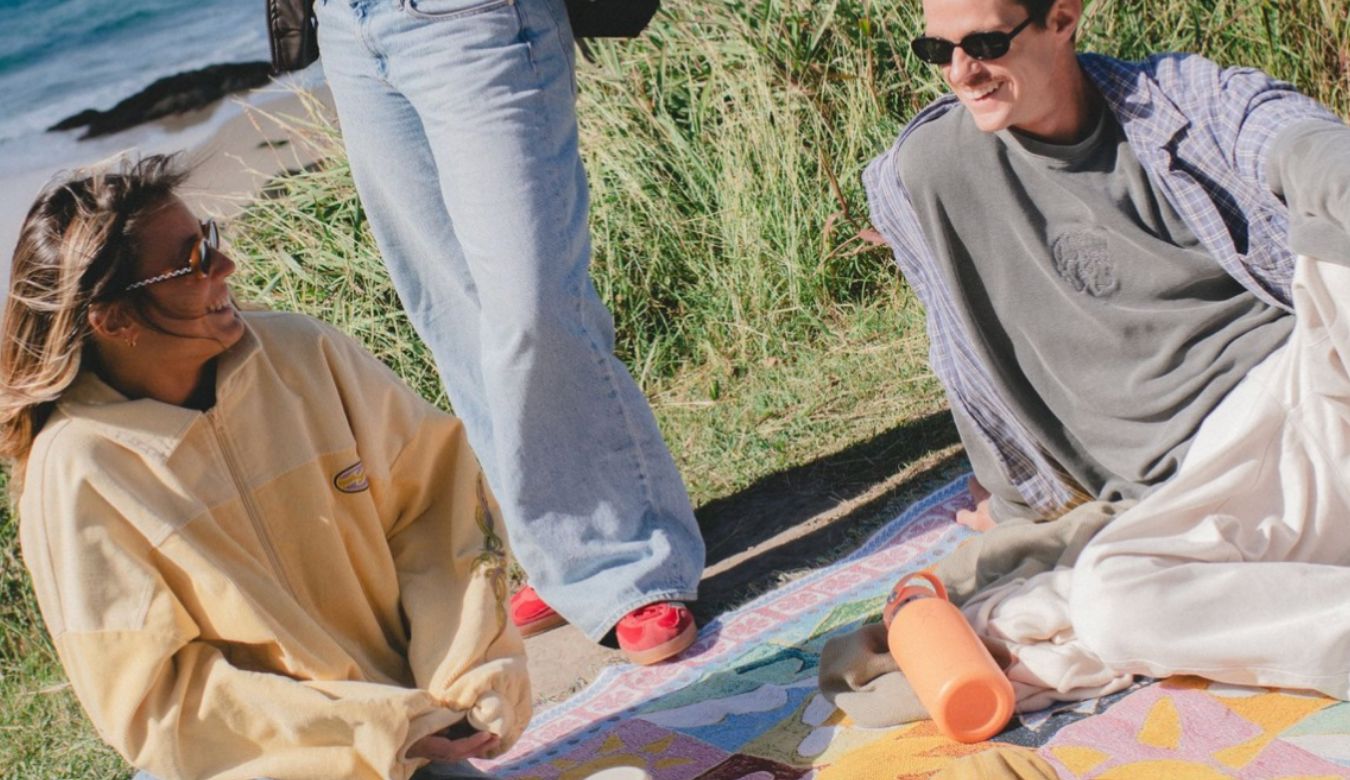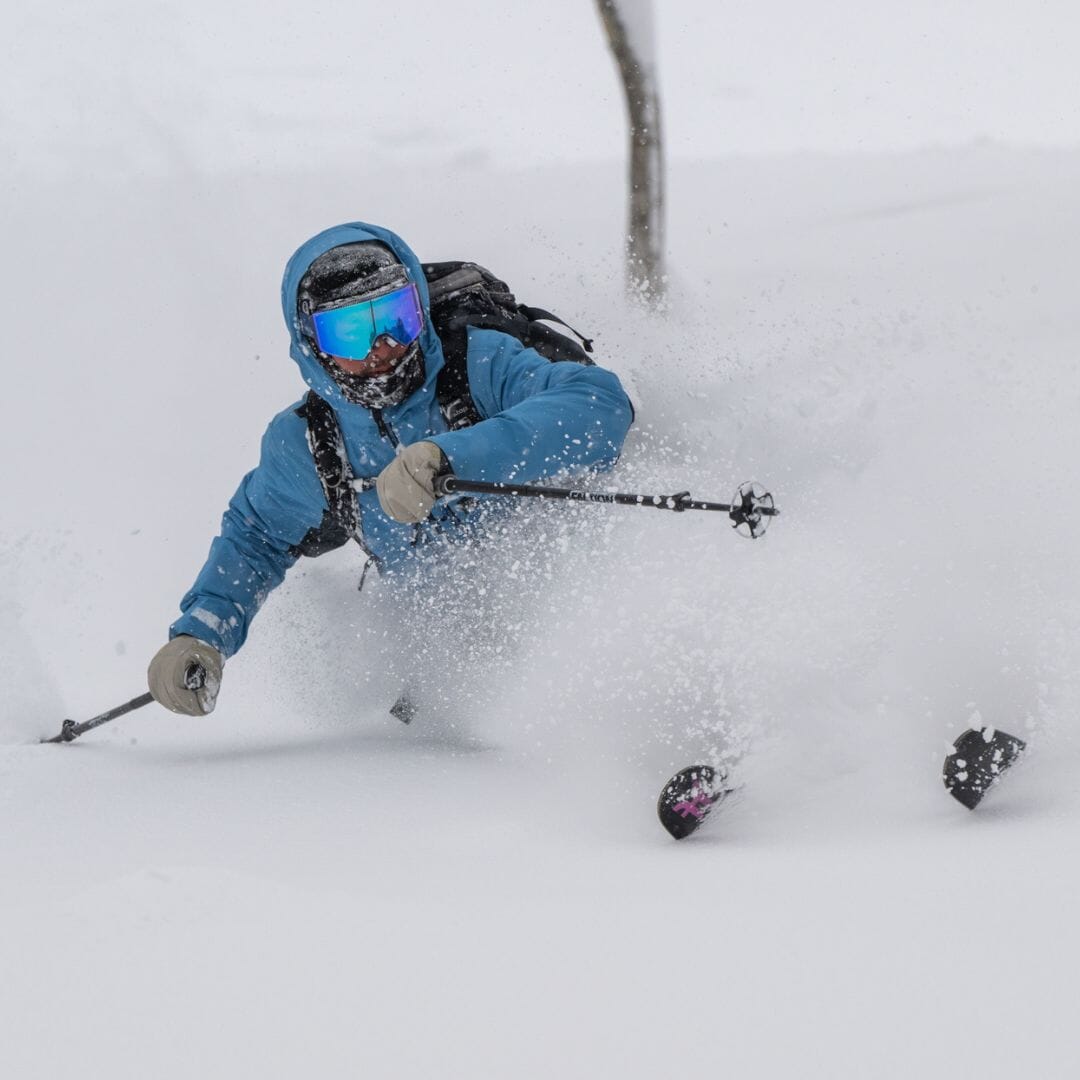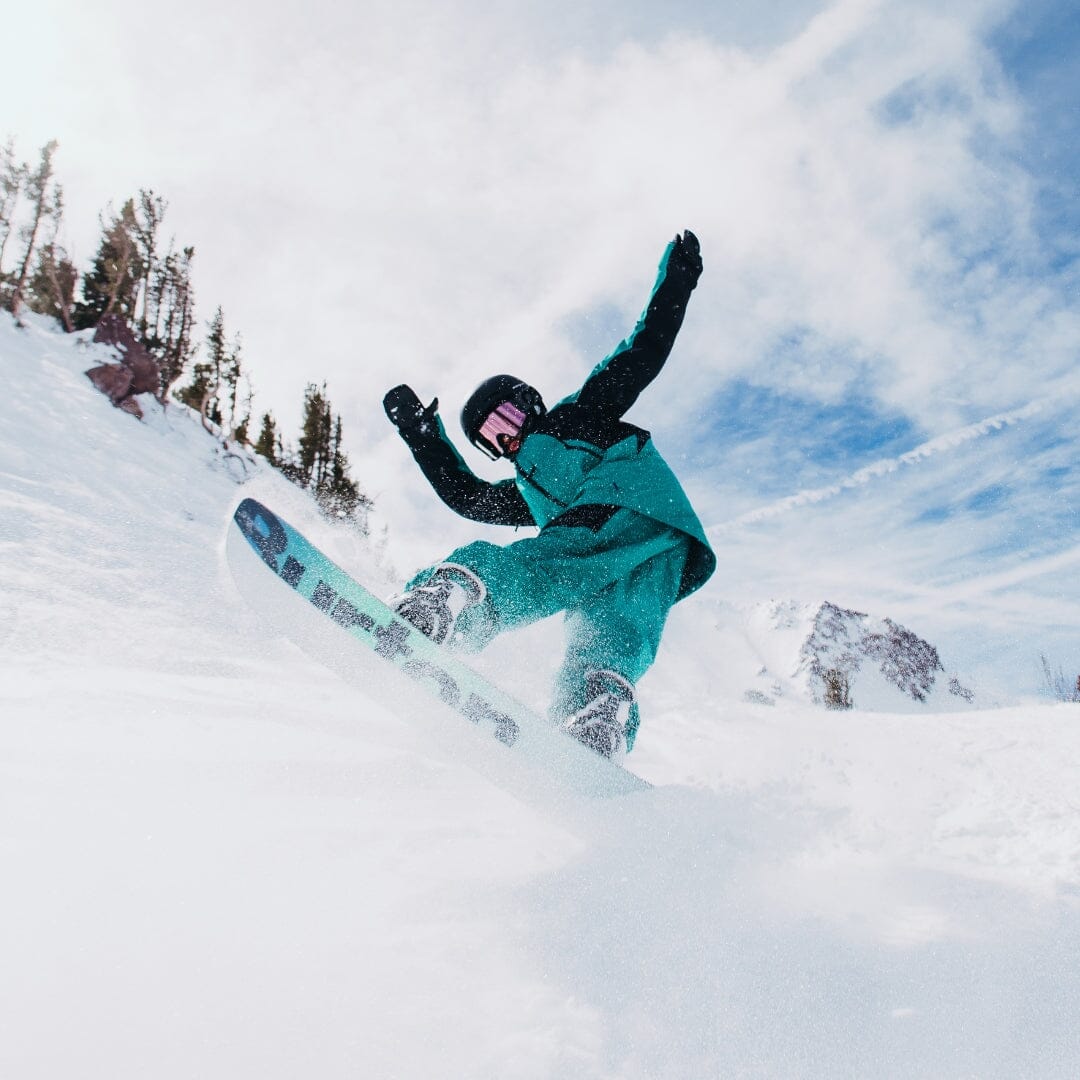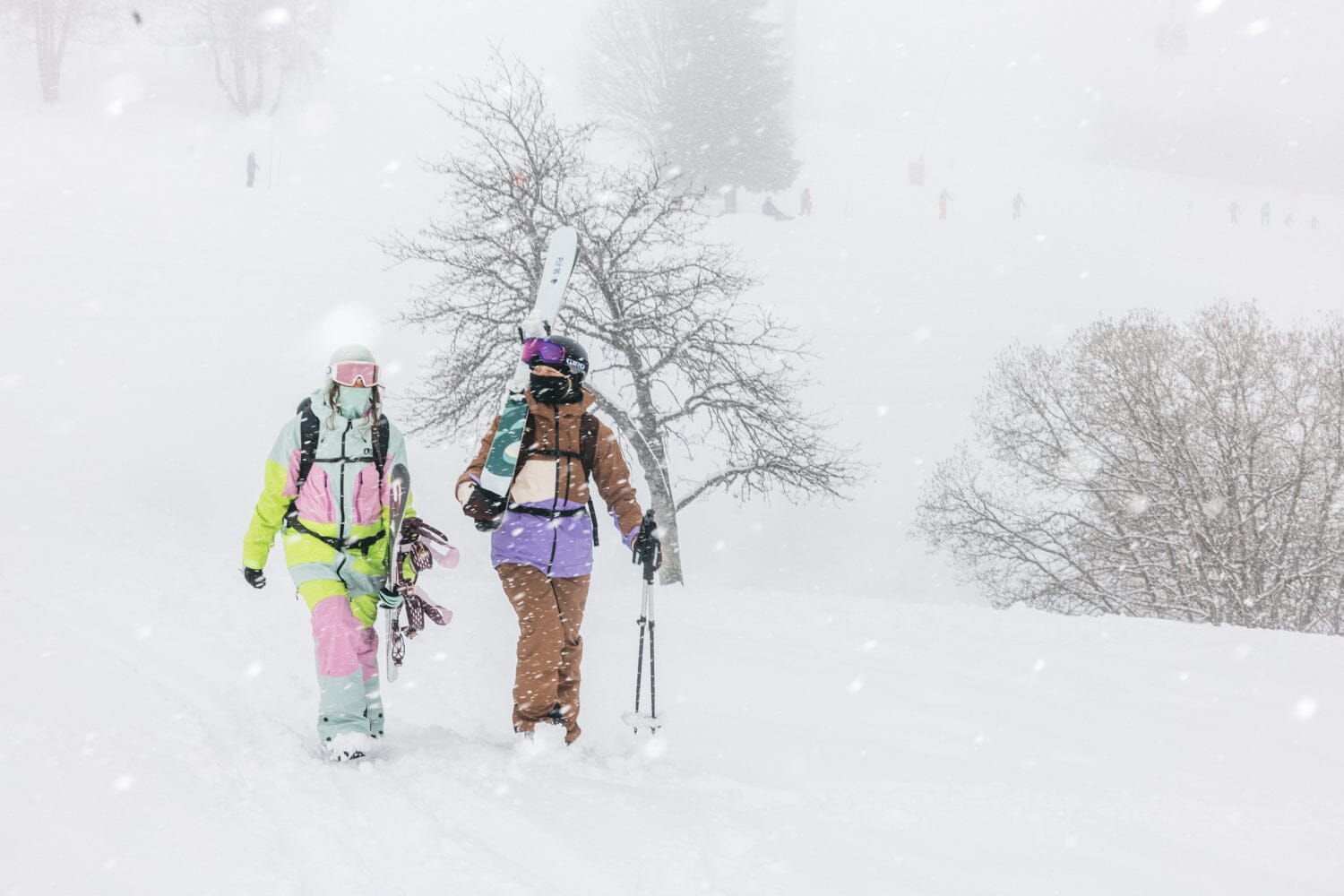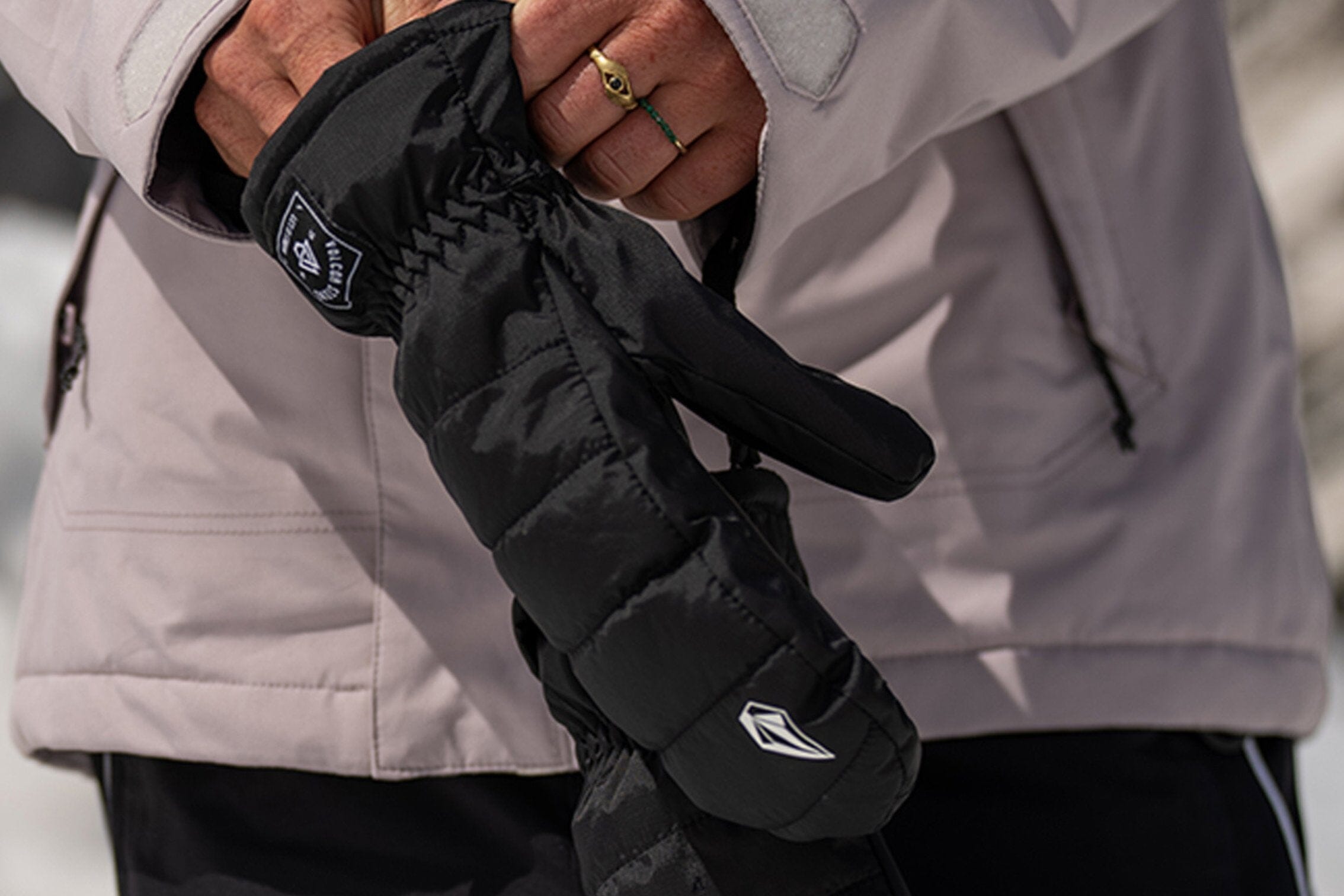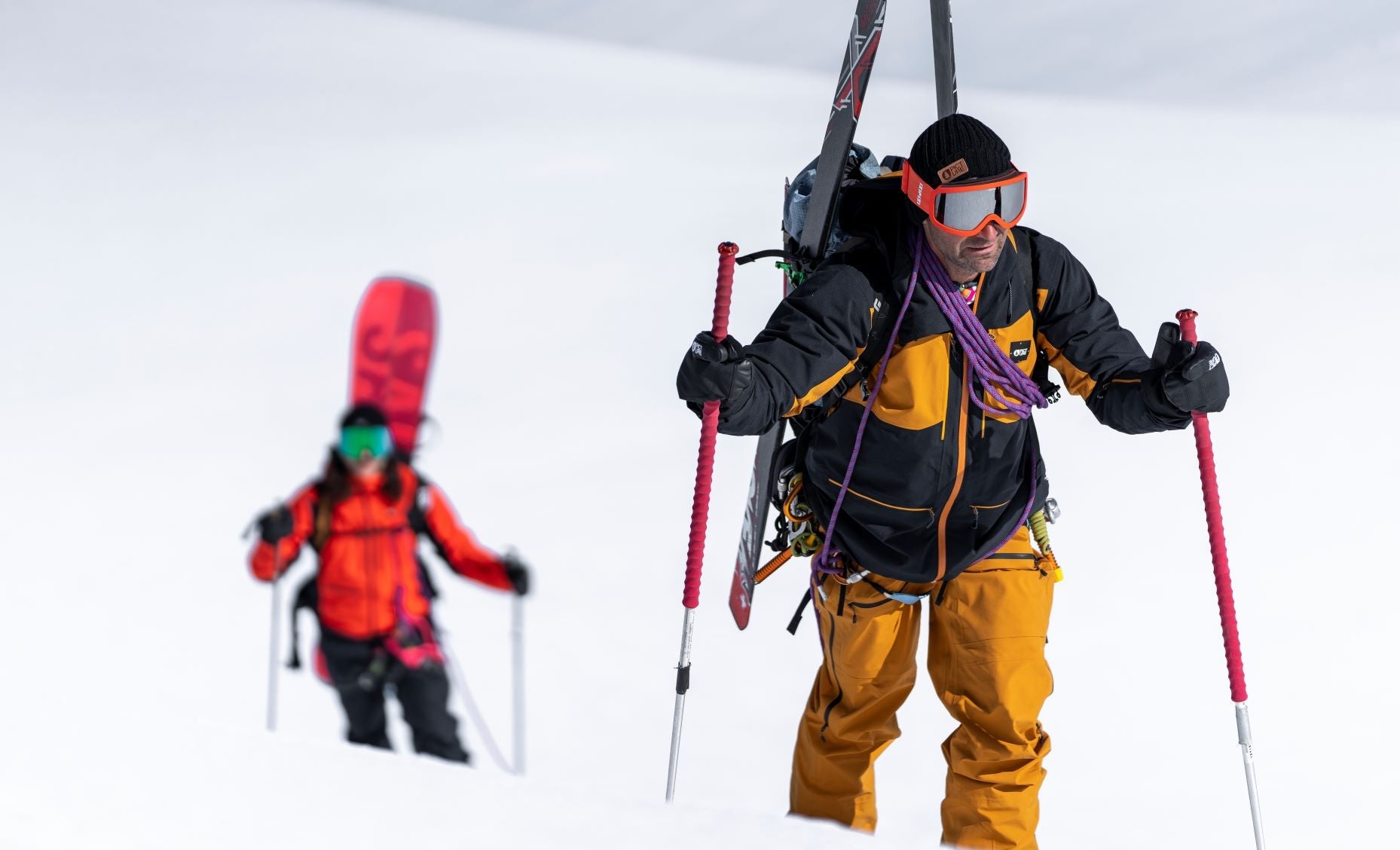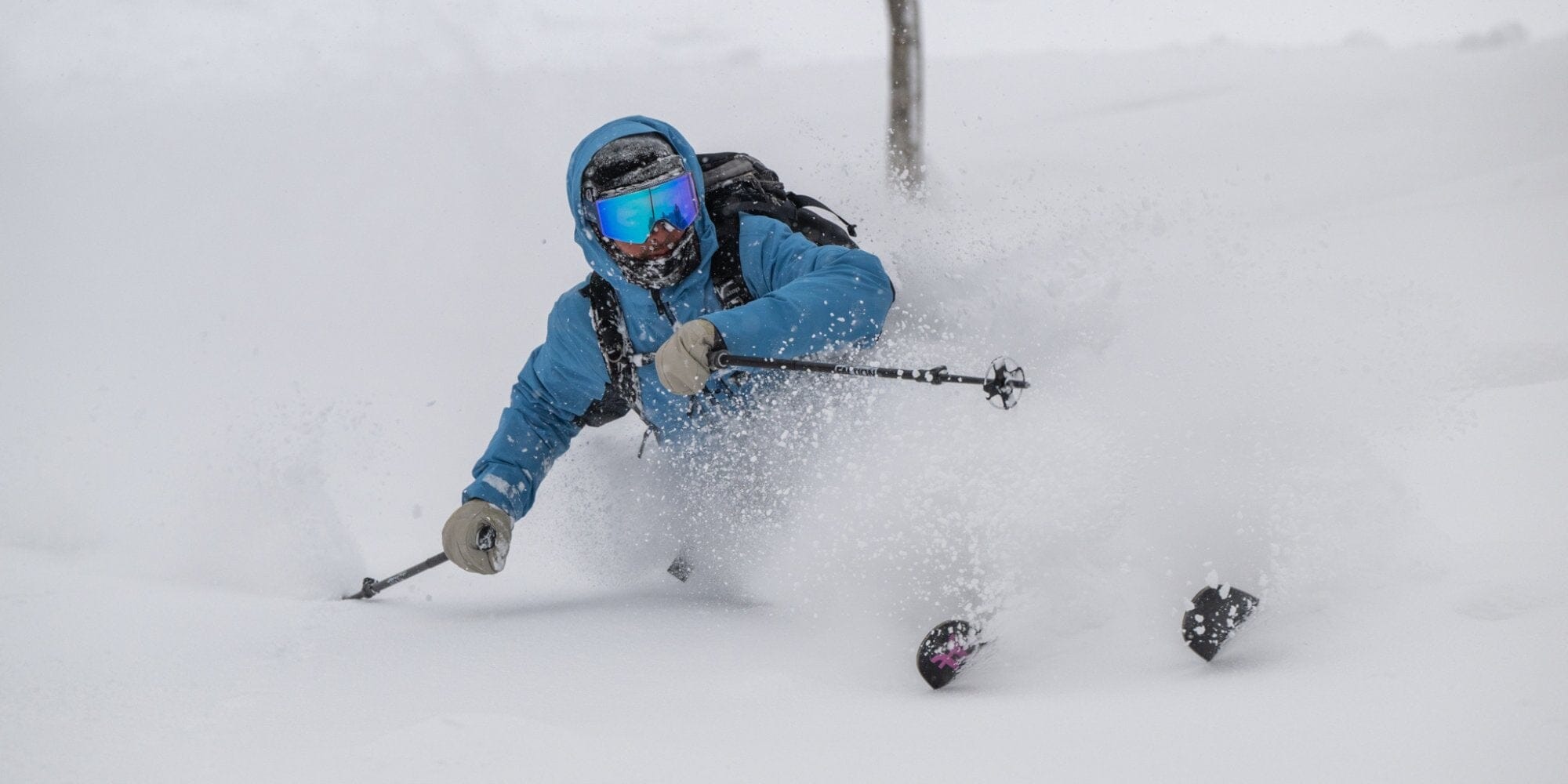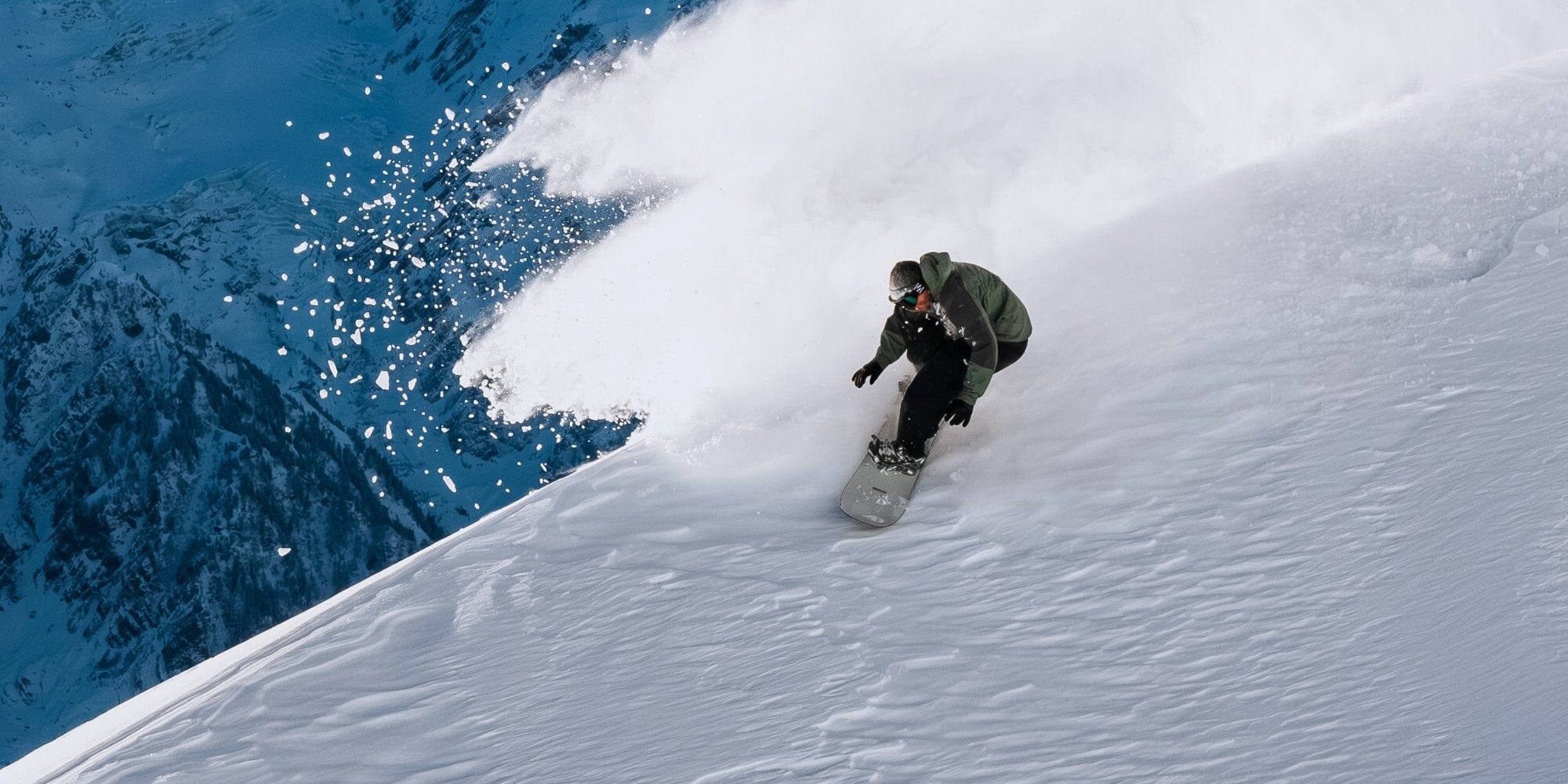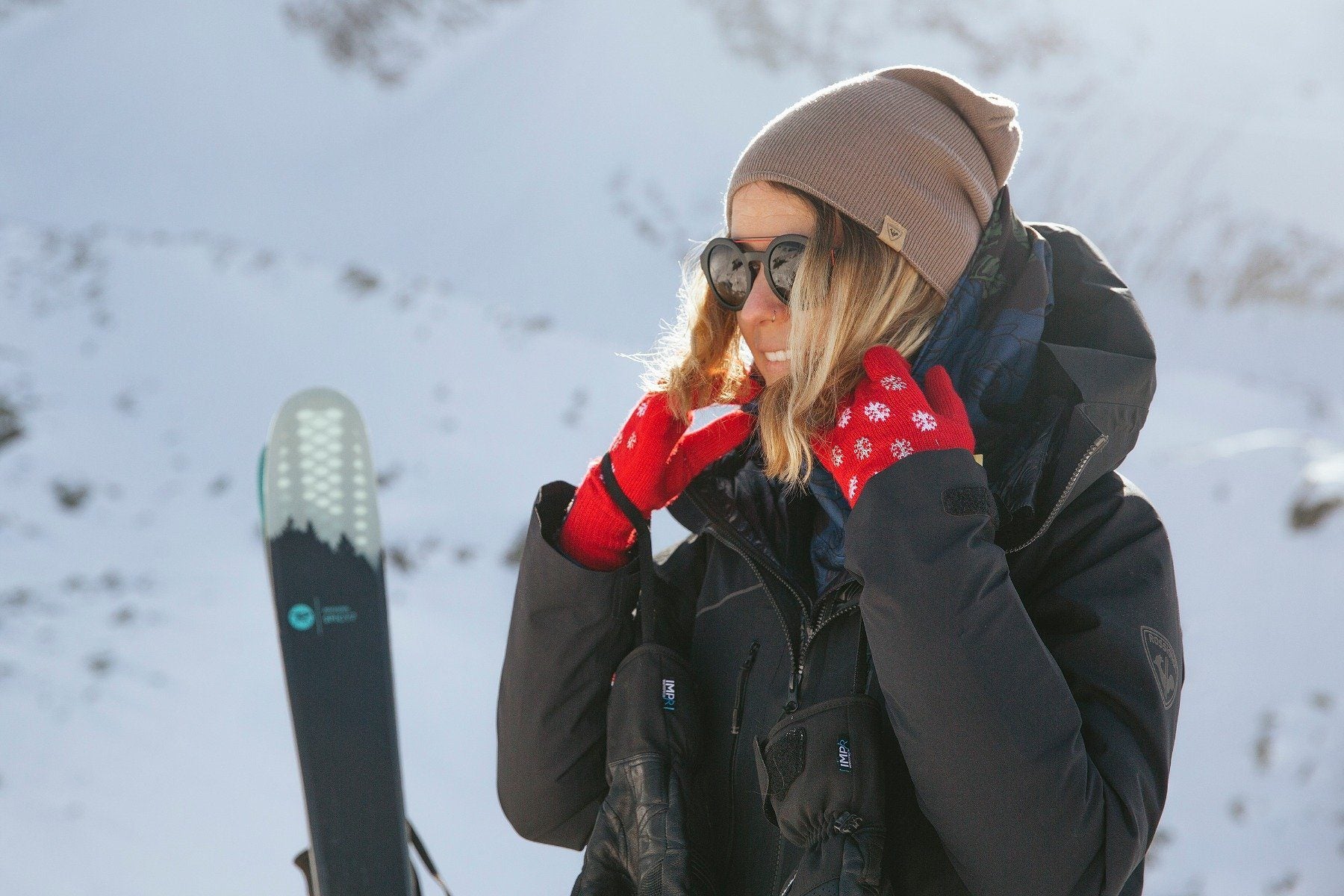The key to staying warm, dry and comfy on the mountain — no matter the conditions.
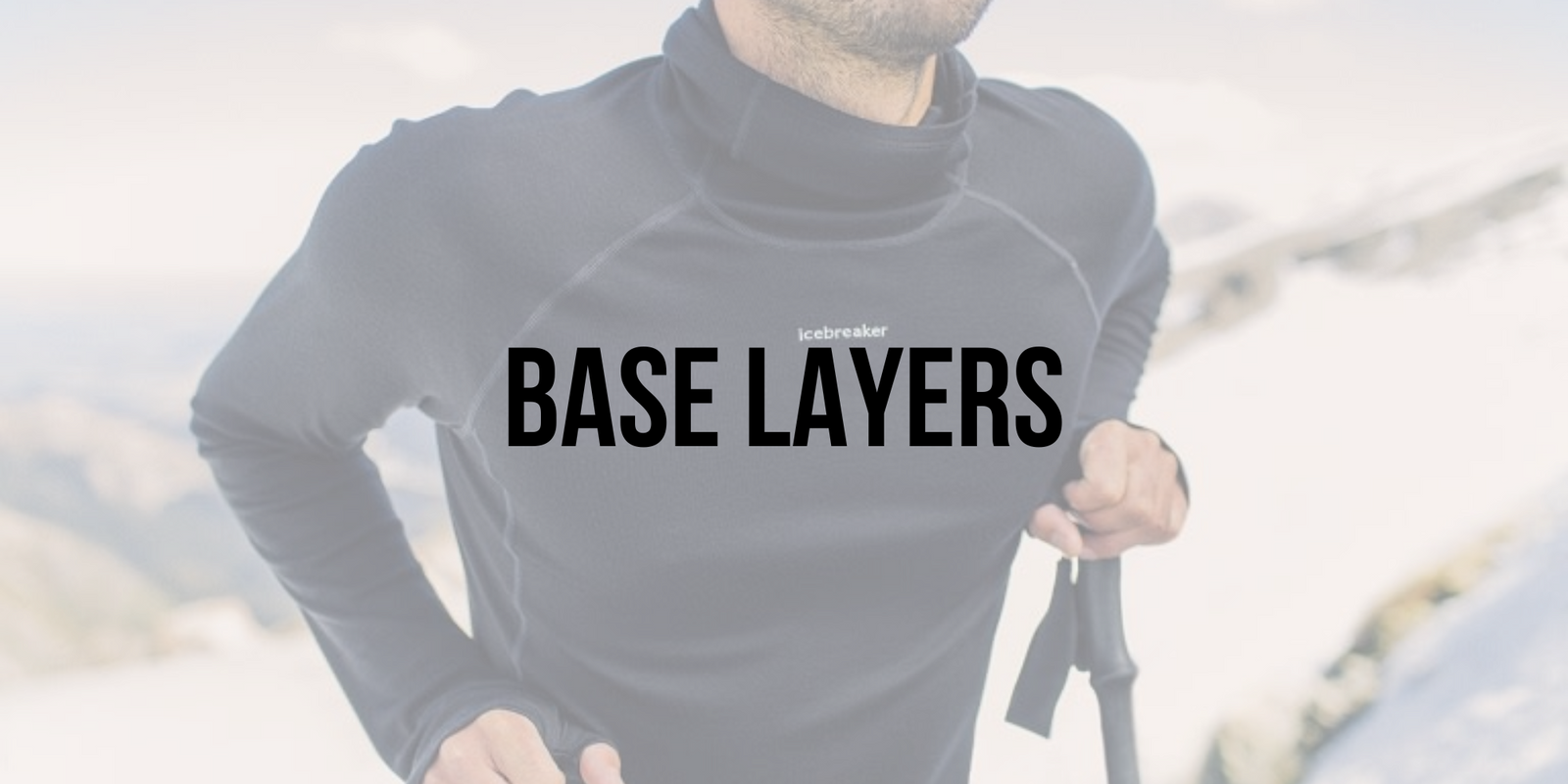
Whether you’re a first-timer or a seasoned pro, layering right starts with a solid base. New Zealand might not always hit Northern Hemisphere lows, but when it gets cold — it really gets cold.
Your base layer is the first thing between you and the elements. It’s worn directly against your skin, helping regulate temperature by wicking moisture away from your body. This keeps you dry and ultimately, much warmer.
Base layer weights vary depending on your activity level and the conditions:
- Lightweight: Best for high-output days like touring or spring laps.
- Midweight: The sweet spot for most NZ winter days.
- Heavyweight: Ideal for colder, slower days or layering up for alpine missions.
Base layers should fit close to the skin, but not tight — freedom of movement is just as important as warmth. And bonus: most of our base layers double as awesome streetwear for town too.
Looking for serious warmth? Pair your base with a lightweight insulation jacket for unbeatable layering.
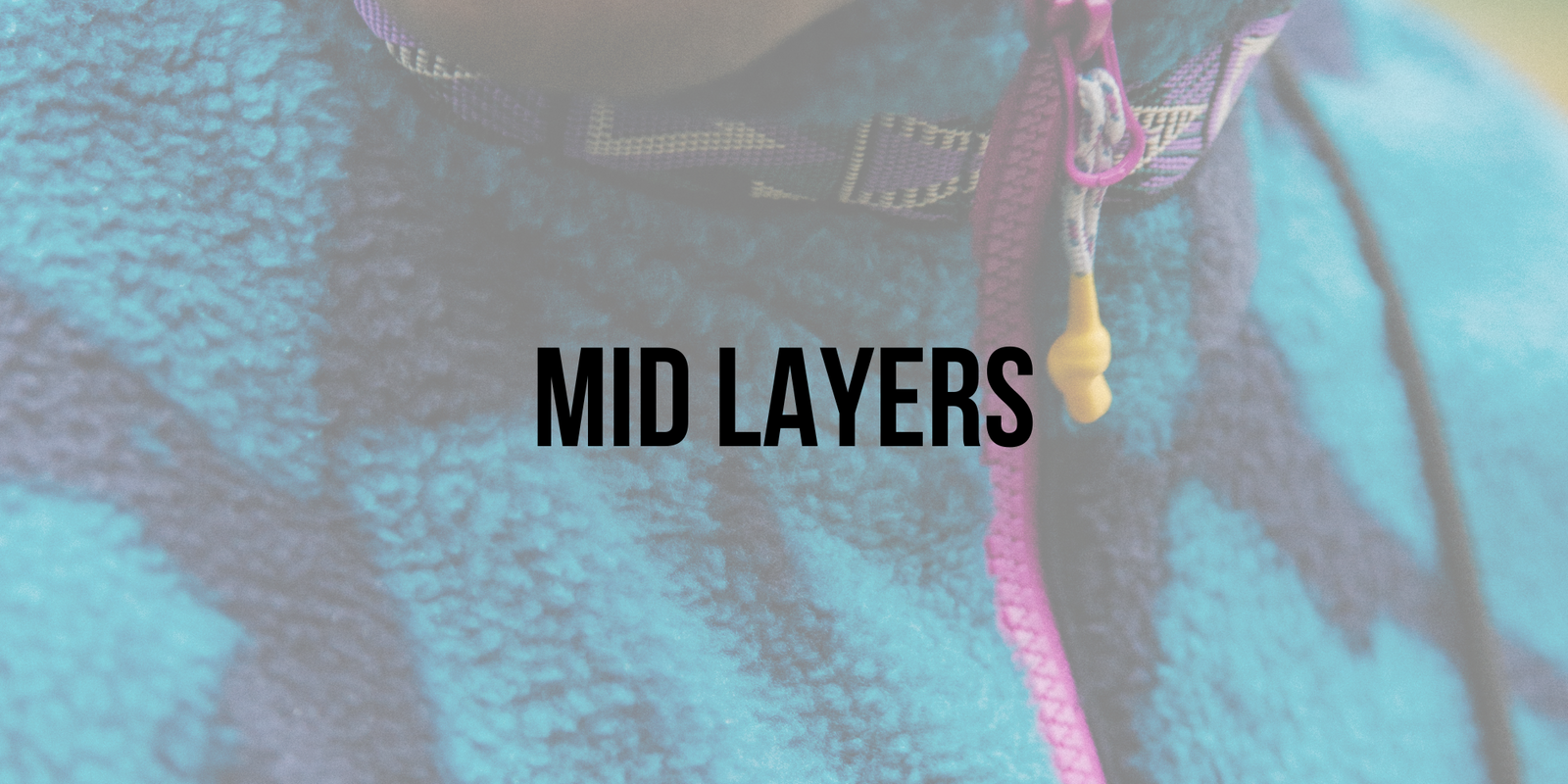
The key to staying comfortable in changing mountain conditions is having the right gear between your base layer and outerwear — that’s where mid-layers come in. Mid-layers act as insulation, holding in warmth without making you overheat or feel bulky.
Whether it’s a crisp morning start or an icy summit lap, a good mid-layer traps body heat when you need it, while still letting moisture escape. Merino and synthetic options both have their place depending on your activity level and temperature.
We’ve got a range of mid-layer options designed for performance and comfort — from lightweight merino pullovers to insulated synthetic puffies that double as a town layer. Ideal for layering under a shell or worn solo when spring riding hits.
Pro tip: Going backcountry or staying out all day? Bring a mid-layer you can stash in your pack and throw on when the temps drop or the wind picks up.
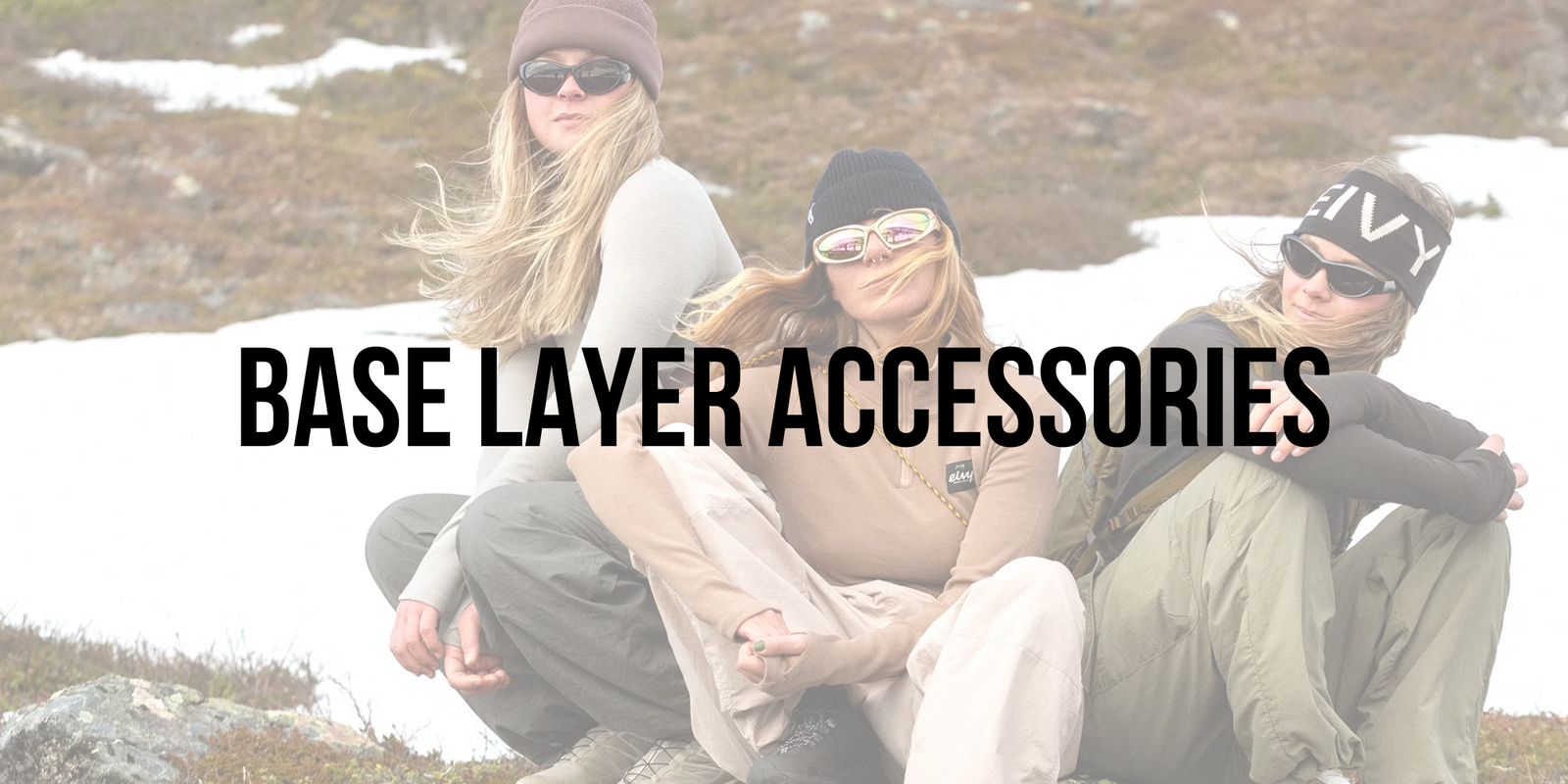
Socks
One of the most overlooked essentials on the hill. The wrong socks (we're looking at you, thick cotton ones) can ruin your day.
A good snow sock will:
- Be made of a technical material (like a merino blend)
- Offer compression for circulation
- Stay dry and breathable
Pro tips:
- Never double-sock — it traps moisture and creates wrinkles (aka blisters).
- Opt for thin technical socks, not thick wool ones.
We stock a range of thicknesses and styles, so if you’re unsure, just give us a call!
Neck Warmers & Balaclavas
An absolute must on icy days. Keeping your neck and face protected can make or break your comfort level.
Material breakdown:
- Synthetic: Easy to wash and super comfy, but not great for breathability. Moisture can freeze in colder temps.
- Merino: Naturally odour-resistant, breathable and temperature-regulating. More expensive, but lasts longer with care.
GLOVES & LINERS
We’ve got something for everyone — from toddler mitts to serious alpine gloves.
Choosing between gloves and mittens:
- Cold hands? Go mitts — they allow your fingers to stay warmer together (a staff fave)
- Need more dexterity? Stick with gloves, and pair with a good liner for warmth.
Glove & Liner Options:
- Heavy insulation: For those who run cold.
- Merino/synthetic liners: Add warmth without bulk.
- Light canvas/spring gloves: Ideal for warmer days or riders who run hot.
Need help choosing?
Come see us in store or get in touch — we’ll help find the right combo to suit your riding style and body temp.


